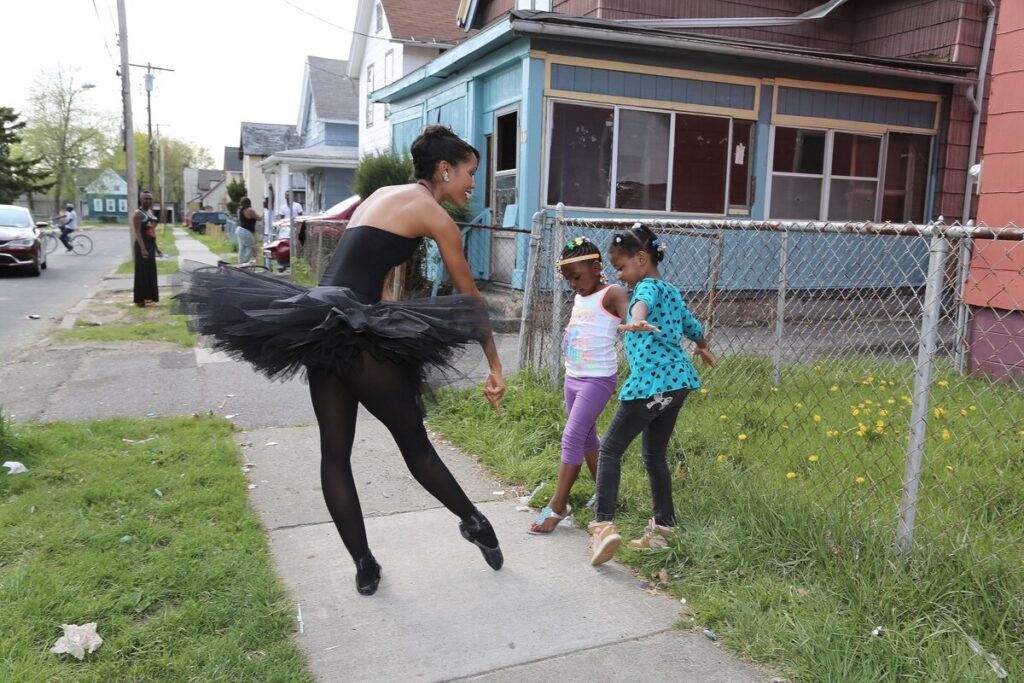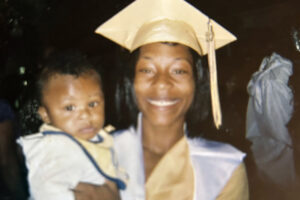For so long, Black dancers were subtly or directly made to understand that their strong thighs and curves were not made for ballet, which originated in Italy in the 15th century. Even the traditionally pink color of tights and pointe shoes sent a silent message because the color was meant to emulate white flesh.
But Black dancers who’ve managed to leap beyond the stereotypes have made sure to be seen and to help those coming up behind them through teaching, speaking to groups or even sporting brown tights and shoes on stage.

Today, NABJ Black News & Views is honoring Black ballet dancers as Black Pearls. Through the founding of organizations, the making of documentaries and the opening of schools in Black countries, they are using their feet to change the world – not just in terms of increasing dance diversity but creating equality overall. The change is evidenced in a boom in organizations and social media accounts driving people to understand that Black people have more than rhythm: Brown Girls Do Ballet, @BlacksInBallet, @IngridSilva, @DestinyWimpye, and @legs_4_lyfe (dancer Addison Ector) among them.
Their work plays a role in changing minds because only 4 percent of professional ballet dancers in the United States are Black, according to the website Zippia.com, compared to more than 13 percent of the country’s population.
The Leap of Dance Academy in Ajagbandi, Nigeria, whose dancers display perfect grace and long lines, has developed a global following thanks to social media and to “Then Comes the Body,” an acclaimed short documentary about the school that aired at the 2023 Tribeca Festival. The school was founded in 2017 by Daniel Owoseni Ajala, a self-taught dancer. He says his intention and message are simple.
“Be resilient and be heard,’’ Ajala, creative director and founder of the Leap of Dance Academy, told NABJ Black News & Views.
“This explains that if you want to remain in the room where people don’t want you to be, you have to show that you deserve to be there by doing the work,” he said. “Never let anyone silence your voice as your voice is thé passport of your life.”
“We are so honored that what we are doing in our little courtyard is a source of inspiration to everyone,” Ajala said.

Aesha Ash, former soloist with the New York City Ballet and the Bejart Ballet in Switzerland, continues to inspire with her nonprofit organization, The Swan Dreams Project. The organization exposes Black and Brown impoverished communities to ballet and helps change images of Black women.
Ash told NABJ Black News & Views, “I do this work because it’s my heart’s work.”
According to Ash, who often brings ballet events to children in her native Rochester, New York, “I want our youth to know that they are not limited by stereotypes nor by their environment, but only by their dreams.”
Also inspiring the world is Misty Copeland, principal dancer with the American Ballet Theatre, who made headlines in 2023 not just for her performances at Lincoln Center, but also because of “Flower,” a 28-minute film she produced that shone light on the challenges of being unhoused.
“It can happen to anyone,” she said in an interview with KQED. “So many Americans are one paycheck away from losing their home.”







